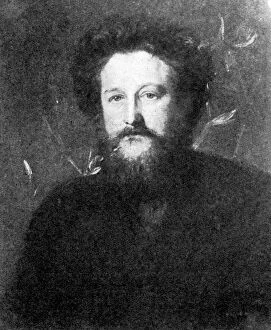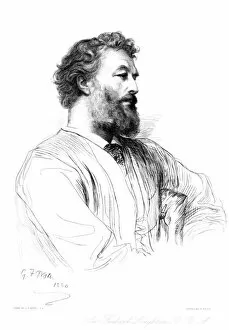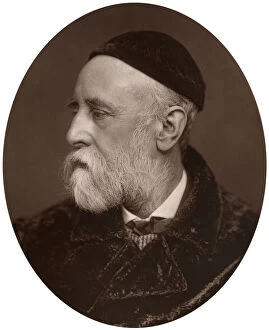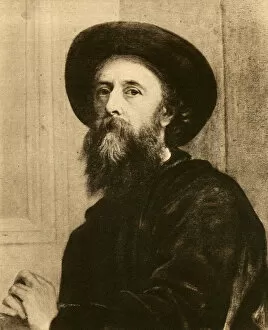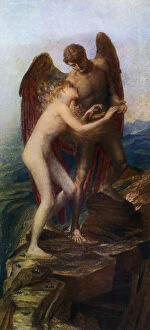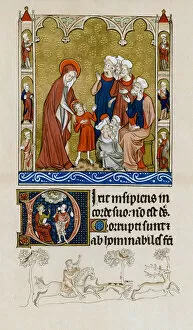George Frederic Collection (#3)
George Frederic Watts was a renowned artist and painter who lived in the late 19th and early 20th centuries
All Professionally Made to Order for Quick Shipping
George Frederic Watts was a renowned artist and painter who lived in the late 19th and early 20th centuries. His works spanned various genres, from religious art to portraiture, showcasing his immense talent and versatility. One of his notable creations is the initial page from the Lindisfarne Gospels, dating back to the late 7th or early 8th century. This masterpiece reflects Watts' deep appreciation for history and his ability to bring ancient manuscripts to life. In addition to historical pieces, Watts also captured contemporary figures on canvas. Ellen Terry, a prominent actress of her time, became one of his subjects in 1864. Through this portrait, he immortalized her beauty and grace for generations to come. Watts' fascination with spirituality is evident in "The Dweller in the Innermost, " created around 1885. This ethereal artwork portrays a mystical figure surrounded by celestial beings, representing our connection with something greater than ourselves. "For He Had Great Possessions" is another captivating piece by Watts that delves into themes of wealth and materialism. Painted in 1894 but not released until later years, it serves as a powerful reminder of how possessions can consume us if we let them. Exploring mythology through art was also an area where Watts excelled. In "Uldra: The Scandinavian Spirit of the Rainbow in the Waterfall, " he brings forth Norse folklore with vibrant colors and intricate details that transport viewers into a world filled with enchantment. Watts wasn't limited to painting alone; he also dabbled in capturing historic events such as "Two of the Horsemen of the Apocalypse. " Inspired by early 14th-century depictions, this work showcases his ability to recreate iconic scenes while adding his unique touch. Religious themes continued to inspire him throughout his career as seen in "Ascension and Pentecost" from around 1290-1300.



